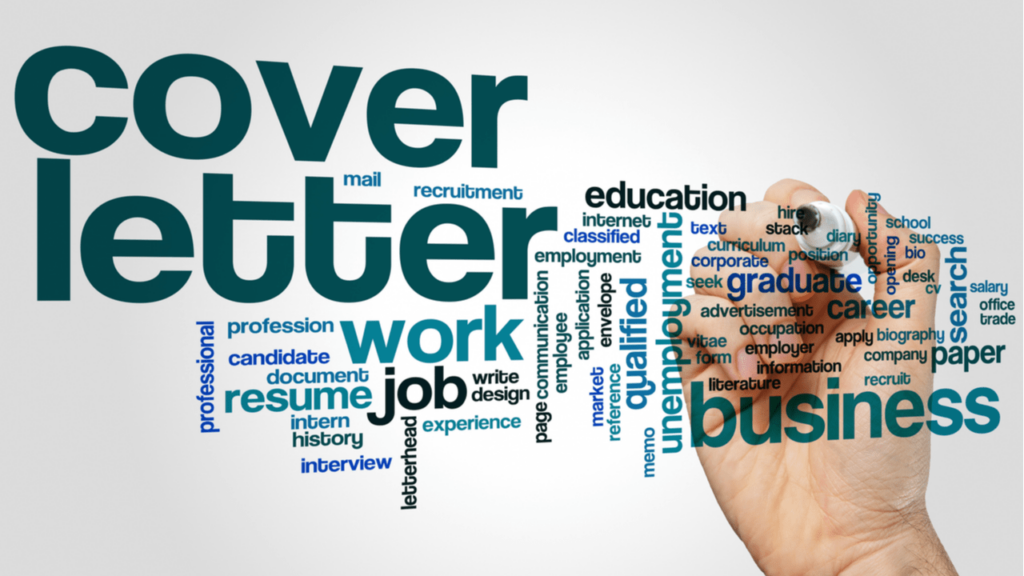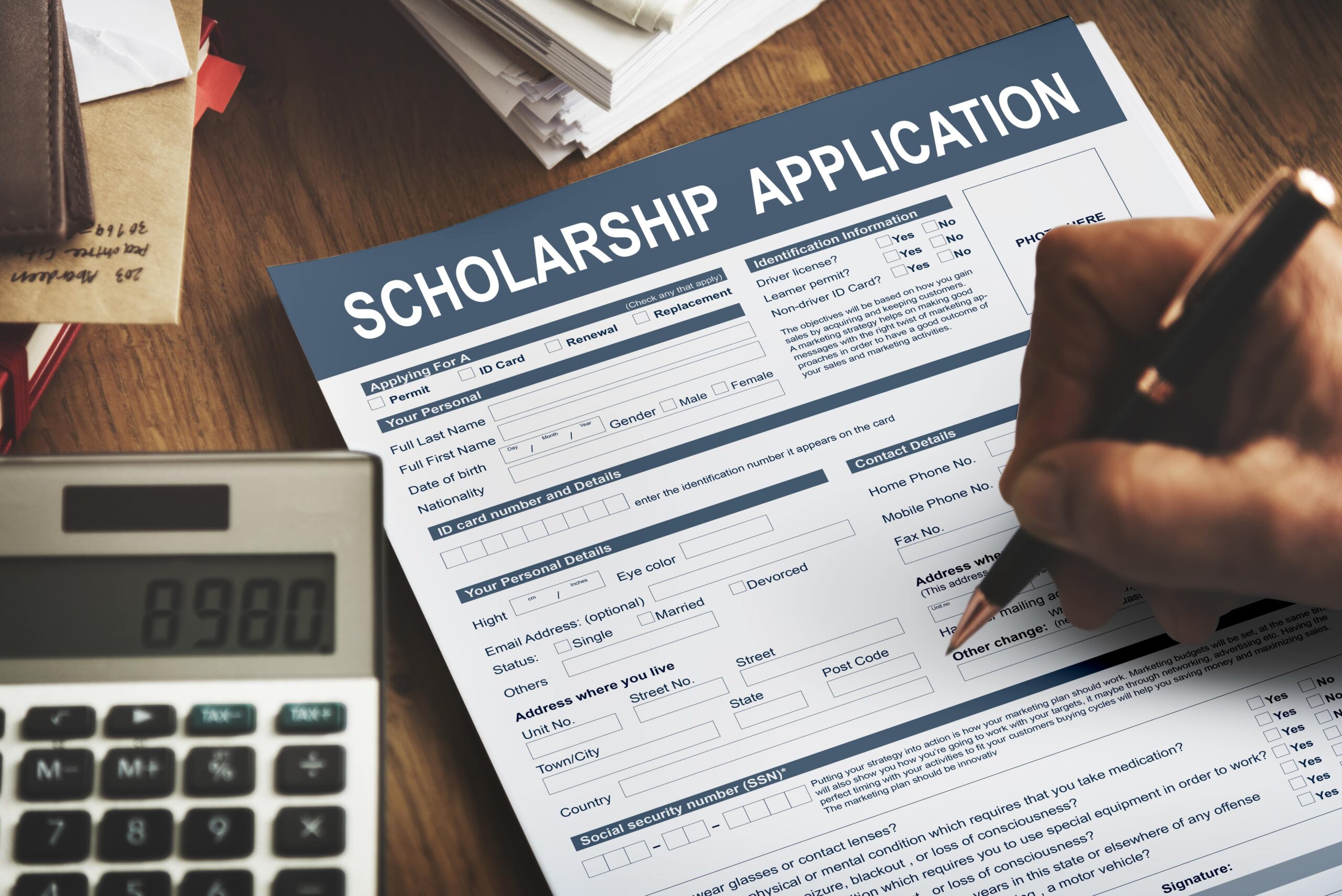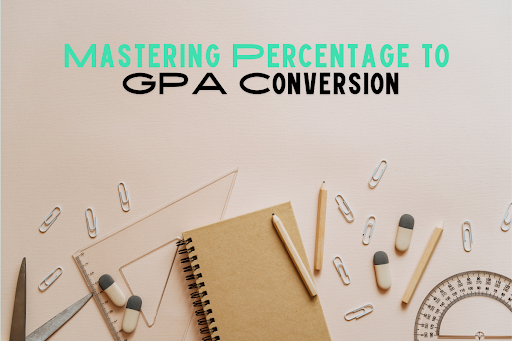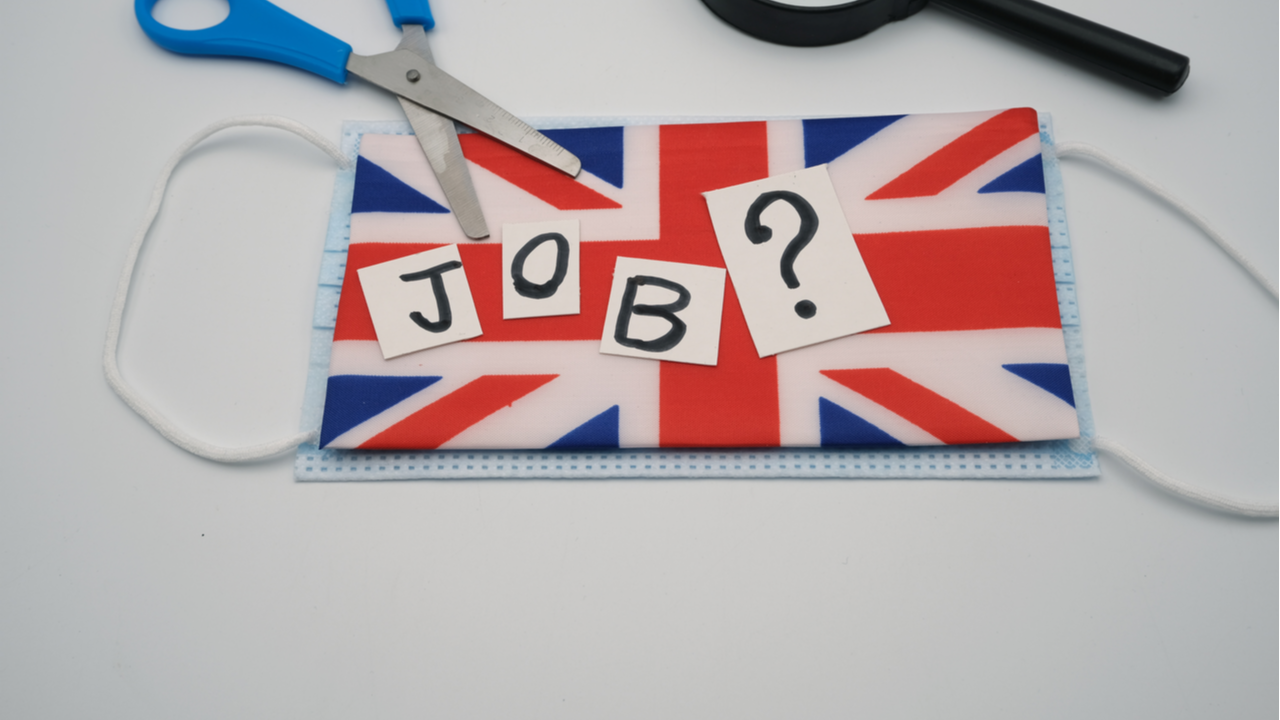Did you know that if your resume is longer than 2 pages, it’s most likely to get rejected!?
CVs and Resumes are the first step to securing a job or getting your university applications accepted. However, studies show that at least 70% of candidates get rejected in this preliminary stage itself.

Excel in IELTS with India’s Top Online Coaching
Leap has helped more than 1 Lakh students achieve 7+ IELTS band.
Unprofessional email addresses, silly fonts, bad grammar, and spelling can all be the reason why your CVS or Resume gets rejected. So, your CV, or Resume is a crucial starting point, and it is vital to get it done right.
Especially while applying for jobs or universities in Canada, there are certain regulations that you have to follow to make sure your profile looks extraordinary and to make sure it coincides with the Canadian application standards.
In this article, we will provide you with some insight into the Canadian cover letter format, and how to draft a compelling Resume, to help you stand out from the crowd and catch the attention of recruiters, employment agencies, and employers for the job posting.

What is the difference between a CV and a Resume?
Most people think that a CV and a Resume are the same.
In fact, the primary objective of a CV, or a Resume remains the same. It is to motivate and convince your recruiter, or hiring manager about your capacity for the role you seek. The Americans call it a CV, while the Europeans call it a Resume. Coming to Canada, there are regions where the words CV and Resume are used interchangeably. For example, in Quebec.
However, this is not the case in the majority of the regions of Canada. The format, style, and intentions of a CV, and a Resume differ slightly. Let us look at the major differences, to understand if you need a CV or a Resume for your application.
- Length: A CV is comprehensive data on your achievements. It can go up to 2-3 pages, depending upon your qualifications, whereas a resume is kept shorter. It is usually one page long.
- Function: A CV is mainly meant for academic purposes. However, a resume is drafted mostly for job applications.
- Information Type: A CV is like an academic diary of yours. It records your educational qualifications, achievements, and other certificates you earned. It has to be updated only when new academic achievements are needed to be added to it. However, a resume has to be customised for each job you are applying for. It focuses more on your professional achievements, rather than academics.
Depending upon your purpose, you can choose if you want either a CV or a Resume. Most applications specify their requirements, and you need to cater accordingly.
Canadian Style Cover Letter
The word CV, or Curriculum Vitae, originated from Latin which means “the course of your life”.
A cover letter is a brief document created in response to a particular employment opportunity, or university application, and is addressed to the organization or person in charge of the position’s hiring. You should supplement the material on your resume and reintroduce yourself to the business as a viable candidate.
It contains information on why you are applying for the job, or the particular university, a summary of your career background, and what qualifies you for the role. While some employers may need a cover letter as part of the application process, others may make it optional or even prefer that you not send one.
Although the major layout of the CV remains the same, there are certain criteria you must follow while drafting a Canadian-style Cover Letter.

Excel in IELTS with India’s Top Online Coaching
Leap has helped more than 1 Lakh students achieve 7+ IELTS band.
Canadian Cover Letter Format
The general formatting for a Canadian Style Cover Letter is as follows:
- Sections: The main content of your cover letter is divided into three sections: Introduction, Body Part, and Conclusion.
- Salutation: To begin your letter, use a polite greeting. If you are aware of the name of the person who makes recruiting decisions, use their prefix and full name to address them. Use a polite, generic greeting like ‘To whomsoever, it may concern” if you do not know the person’s name.
- Introductory Paragraph: You should introduce yourself in the first paragraph of your cover letter. You might include the position you are interested in, as well as your qualifications and how you encountered the job search. If you have a contact within the company that introduced you to the job, you should mention their name and position in your cover letter. Make sure you do not introduce yourself in more than two to three lines of the paragraphs.
- Content: In the following paragraphs, you must persuade the company that you are the strongest candidate. Explain to them why they must put their money into you.
The content part has to be precise and accurate. This is what determines the quality of your application
If you are unsure what to add to your CV, consider the following questions.
- What projects do you have experience with that are related to the position? What did you take away from it? What makes you a better candidate as a result of this?
- What relevant responsibilities have you undertaken in the past that apply to this position? What did you take away from it? What makes you a better candidate as a result of this?
- What are your plans if you decide to be hired? What is the value to the employer in hiring you over someone else?
The body of the cover letter should be a maximum of two paragraphs long.
- Conclusion: The conclusion is the last paragraph of your cover letter’s primary material. It is your chance to express your excitement about the prospect of working for the organisation, appreciates the company for the opportunity to pursue it, and ask them to respond to your approach. It should just be up to four sentences long.
- Add your Signature: The closing line and your complete name are the two elements of your cover letter signature.
- Closing Line: A suitable closing line must be included in your cover letter. This is the line immediately preceding your name.
- Name: The final line includes your entire name. Because most job applications are made electronically, it is not required to print and sign your cover letter.
This is the basic Canadian Cover Letter format you have to follow. In addition to the basic requirements, there are other factors you can consider to add colours to your CV.
Additional Tips for a Canadian-Style Cover Letter
Most Canadian firms will require you to follow a specific cover letter structure. The more you adhere to it, the better your CV looks. Here are some pointers:
- The cover letter must not exceed one page in length.
- You should use a professional-looking font.
- Your cover letter’s typeface should be consistent throughout it.
- When printing your cover letter, make sure the font size is large enough to read well.
- The spacing in the cover letter must be proper. The major body of the paper should be single-spaced, with enough space between every paragraph and section.
- Add personal information like your full name, residential address (current), email address, and contact number. Make sure the contact information is latest and reachable.
- Add the date when you will be mailing your cover letter, below your personal information.
- Include contact details for the person, department, or firm you are sending the cover letter to underneath the date.
Adding these minute, but notable details will make your CV look more professional, and efficient.
Explore all countries
Canadian Style Cover Letter Template
Here is a common template for a Canadian-style cover letter, which you can use to take ideas and to get an inspiration to create one on your own:
| Ms. Iliana Schneider Metrolance Systems Canada 10153 King George Hwy, British Columbia, V3T 2W1 Therese Anne Peters (800) 667-2215 | theresepeters@gmail.com February 23, 2023 Re: Application for Junior Sales Associate at Metrolance Dear Ms. Schneider, I am submitting my resume to apply for the position of Junior Sales Associate, at Metrolance Systems Canada. I came across your listing on LinkedIn and after going over the mentioned requirements, I believe I fit the profile well. Apart from my specialization course in Sales, I have worked in 2 hands-on B2B Sales positions for the last 3 years. My interest in human psychology and the skills I have developed helped me build strong, lasting relationships with clients, address their issues, and offer them solutions. Working with over 12 diverse clients across industries in my last profile has taught me time management, professionalism, persuasiveness, and persistence – skills that will greatly benefit the organizations I work with in the short and long term. Metroland’s values of connection and conviction resonate deeply with my work style and seeing this opportunity lighten up my day. I hope to be able to contribute my bit towards the smarter future that Metrolance is building and truly add value to the clients I will work with. I look forward to hearing from you. Sincerely, Therese Anne Peters |

Canadian Style Resume
A resume is a short, and straight-to-point bio of yours. It is drafted specifically for job applications. And has to be customised, upon applying for each job.
Unlike CVS, resumes are short and often contain a single page. It is always recommended to keep it short unless you feel an extreme necessity to add extra information. For example, if you are a seasoned professional, or if you have 15+ years of experience, you might have plenty of work-related information to add. If any details can add value to your application, you can consider making a longer resume.
Canadian Style Resume Format
The basic format for a Canadian-style resume is as follows.
- Reverse-chronological Format: One of the peculiarities of a Canadian-style resume is that it follows a reverse chronological order in describing your work experience. Add your latest details first, followed by earlier ones.
You can follow the Functional Resume Format if you want to stress your work skills more, especially for career changers. You can use the Combination Resume Format if you need to focus on your work experience, and skills at some point more. For example, if you want to justify an employment gap. However, the reverse-chronological format is the most commonly accepted Canadian Resume Format.
- List the Correct Contact Information: This includes your name and surname, Canadian phone number, Address (City and Province), and professional email address
- Write Your Resume Summary: Your resume summary is the first 2-3 lines of your resume. This should draw the attention of your intended audience. Normally it contains your professional title, years of experience, 2-3 of your biggest achievements, and 1-2 of your top relevant skills for the position.
If you are new to the job market or just finished your studies, you can opt for a Resume Objective, instead of a Resume Summary. A resume objective focuses on your motivation and skills to work and improve in the chosen field. It is used to substitute work experience or professional achievements.
- Mention Your Work Experience: Work Experience is the most important content in a resume. This explains both your past work experience and validates how you are suited for the post you are applying for. You have to include Start with your most recent job first and then mention it in reverse chronological order. Start with your job title, company name, location, duration/date of employment, and the job roles or responsibilities you performed.
- Add your Educational Qualifications: Mention your educational qualifications. This can be either related to your work or not
- Highlight your skills and strengths: This can be your communication skills, interpersonal skills, computer skills, or any quality that facilitates your work.
The basic format for a Canadian-style resume contains the above-given information. However, you can add more relevant details to convince your employer that you are suitable for the position you are applying. Attaching a cover letter, along with your resume is often recommended while making an application.
Additional Tips for a Canadian-Style Resume
In addition to the basic information mentioned above, other small details can make your resume noteworthy. If you have a Canadian-style resume, Canadian recruiters will pay greater attention to it. While there are many distinct forms of Canadian-style resumes, there are some commonalities that you should be aware of.
Some of the details are given below:
- Write your Resume in the Same Language as the Job Offered. Drafting a resume in the same language in which the job is offered will make your resume look more professional. For example, if you are looking for a position in Quebec, and the job advertisement is in French, then draft your resume in French. Unless it is particularly mentioned to be in English, tailor your resume according to the job.
- In Canada, a photo is never included on a resume
- In a Canadian-style resume, personal information is limited to your name and contact information.
- Having a generic resume and sending it to multiple employers for various positions/roles may not get you the greatest results. You must customise your resume for each position you apply for. Work experience, talents, and other information should all be tailored to the post.
- Many job applicants make the error of focusing on roles and responsibilities rather than accomplishments. On resumes, recruiters and hiring managers desire to see quantitative achievements. The ‘CAR’ method is useful for structuring individual sentences: The letters C, A, and R stand for Challenge, Action, and Result, respectively.
- Add a section to mention the languages you are capable of. You can add them, along with mentioning your language proficiency in each.
- You can also add the internships, or volunteering experience you have. This is important, especially if it is relevant to the job you are applying.
- You can also add other certificates, awards, publications, or projects you did.
- Quantify your accomplishments, and mention the skills you achieved from your various responsibilities.
- Adding your hobbies and interests also helps your employer to understand you better.
Never do the following since none of these things is thought to be important in a job search:
- Mentioning your age, ethnicity, or cultural background
- Describe your physical characteristics.
- Indicate whether you are married or have children, as well as your sexual orientation or preferences.
Adding more details can make your resume more specific, and comprehensive. However, make sure you are not making the resume lengthy. Add powerful and action verbs, instead of elaborating your details. It is important to maintain precision and accuracy.
Canadian Style Resume Template
Given below is a sample resume formatted in the Canadian style.
| Therese Anne Peters Junior Sales Associate (800) 667-2215 | theresepeters@gmail.com linkedin.com/ca/thereseanne A dynamic Sales professional with a keen interest in human psychology and relationships. I create long-lasting sales relationships with clients based on problem-solving and honesty that yield benefits to my organizations in the short and long term. EXPERIENCE Junior Sales Associate Skiles & Sons, Toronto, ON February 2019-Present Responsible for closing and onboarding 12 hospitality clients for Skiles & Sons with the sales team. Assisting through end-to-end B2B sales journeys, including providing product demos, understanding the requirements, answering doubts and questions, and resolving initial onboarding challenges. Helping the team chalk out a sales plan of action and identify high-value clients to prioritize. Creating and maintaining growth reports and presenting these to the team weekly. Sales Intern Champlin Ltd., Toronto, ON March 2018-February 2019 Worked closely with the team to understand clients on a case-to-case basis and conduct cross-sells and upsells. Attended sales meetings with senior sales associates, presented observations, and offered ideas for the next steps. EDUCATION Bachelor of Business Administration in Marketing Management Kwantlen Polytechnic University, Vancouver, Canada Graduated 2017 Certified Sales Rookie by the Canadian Professional Sales Association Awarded in 2018 SKILLS Interpersonal Communication Time Management Empathy Persuasion Persistence Conflict Management |
Final Thoughts
A resume is a sales tool utilised for one purpose: to obtain an interview. In contrast, a cover letter introduces you and your resume to a potential employer. It is the first document that an employer sees, serving as a first impression. It also allows the employer to receive a more in-depth insight into who you are and why you are qualified for the job.
The Canadian Cover Letter format is much simpler and more convenient. However, make sure you add extra colours to your documents with your impressions. The Canadian economy is wide open to you, beaming with more job opportunities and diverse career pathways. Make sure you reach them on time.
Frequently Asked Questions
-
Q. What is the difference between American and Canadian resume templates?
A. The basic style for an American resume and a Canadian resume remains the same. However, the difference is in their preferred language. American resumes are always in English since it is the primary language in the US. but, in Canada, there are two official languages, English and French. Tailor your resume according to the job you are applying for. Even if it is in English, stick to the British spelling rule, since that is prominent in Canada.
-
Q. How can I create a Canadian resume, being an international student?
A. Being an international student, you might come across several occasions where you need to provide a resume. This can happen while applying for a university, applying for a part-time job, or while applying for a project, or internship. Being a student, your primary focus should be the academic achievements you had. Mention them appropriately. Since you are a foreign student, adding the location of your previous institutions could be more accurate.
-
Q. How to write a CV for a Canadian university?
A. While applying for a Canadian university, you need to follow the specific Canadian cover letter format. The Canadian cover letter format is given below:
– Add your work experience and qualifications in reverse order
– Do not add a profile photo
– Do not elaborate on your personal information
– Draft a CV or resume in the same language as the job offered -
Q. What should be the length of a resume for Canada?
A. The average length of your resume for Canada should be 1-2 pages. We recommend retaining your resume within a single page. However, a two-page resume is acceptable if you are well-experienced in your field, for example, if you have an experience of 15+ years. A longer resume is recommended for seasonal professionals as well.
-
Q. Do Canadians say CV or resume?
A. The usage of the terms CV and Resume can vary depending on what part of Canada you are in. Mostly in Quebec, the terms are used interchangeably. Outside of Quebec, it is used distinctly. Here, resumes are shorter, and tailored documents for job applications, while CVs are longer and general documents.
-
Q. Should the Canadian CV be in a PDF or Word file format?
A. A PDF is the most recommended format for your CV. This helps your employer to open the document in any operating system or device. More importantly, it helps to retain your formatting and illustrations in place. It can also prevent getting edited by accident. However, you can keep a Word document if the recruiter specifies it.
-
Q. What should I NOT include in a Canadian resume?
A. Adding certain details is not recommended while drafting a Canadian resume. This includes:
– Your Photo
– Personal Information like age or gender
– Ethnicity and religion
– Your Nationality
– Immigration status
– Political Affiliation
– Marital Status
– Social Insurance NumberThe above-mentioned information is not recommended in a resume, to prevent any discrimination you could face in a job market.
-
Q. Is mentioning work experience in a CV compulsory in Canada?
A. A cover letter is primarily to introduce yourself to your employer. Although it is opted mostly for academic purposes, you can attach a CV even while applying for a job. Although a CV focuses on your educational achievements, you have to include your work details as well. This includes work experience, job roles, work duration, and skills you acquired through it.
-
Q. Should I upload a CV or a Resume, while applying for a Canadian University?
A. While applying for a Canadian University, it is better to upload a CV. A cover letter is more appropriate for academic purposes. It focuses more on your educational achievements. This includes:
– Your educational qualifications
– Projects
– Internships
– Publications
– Certificates
– Scholarships
– Awards -
Q. What should I mention in a CV while looking for a research program in Canada?
A. While applying for a research program in Canada, you need to draft a well-structured and detailed cover letter. This has to specify your qualifications to attend a research program. This includes:
– Your Educational Qualifications
– Research Papers you did
– Projects related to the field
– Research Paper Publications
– Certificate courses related to your field
– Seminars or Conferences you participated in
– MPhil or any dissertation you have completed -
Q. What are the details to add to a resume for Canada?
A. Upon creating a resume for Canada, you will need to add the following details:
– Your complete name
– Contact information
– Work experience
– Work skills
– Educational qualifications
– Other achievements, like awards from certificate programs
– Languages
– Hobbies and interests -
Q. Can I create a Canadian-style cover letter online for free?
A. Yes, you can make your cover letters online for free. Some of the websites that provide free templates are:
– Abode
– Indeed
– Novoresume
– Canva
– Resume.io -
Q. How long is a good CV in Canada?
A. A good Canadian-style cover letter has to be 2-3 pages long. Although a cover letter is supposed to be longer than a resume, it is better to keep it concise. The general length of a cover letter is 2-3 pages in Canada. Try to include all the major details such as your educational background, work experience, skills, and other achievements within the cover letter.















Have Questions? Get Guidance to reach your Dream University
Connect with India's finest counsellors and biggest study abroad community.
Get Guidance